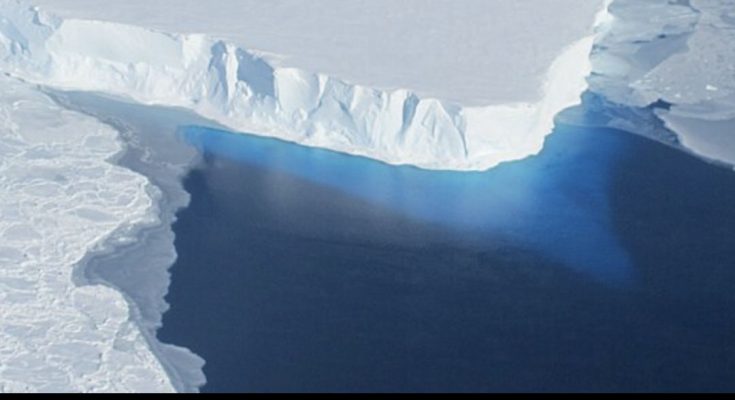
Three of the most famous cities in the world might be underwater if Antarctica’s so-called “Doomsday Glacier” falls apart, and scientists are saying that this could happen sooner than we think.
Climate change has been connected to rising sea levels, hotter temperatures around the globe, and extreme weather. But new studies about the Thwaites Glacier, which is ominously called the “Doomsday Glacier,” are making the possible effects clearer and more alarming, according to BBC Science Focus.
The Thwaites Glacier, found in West Antarctica, has enough ice to raise sea levels by over two feet. However, scientists caution that if it completely collapses, it could set off a chain reaction that impacts the much larger Antarctic ice sheet. This could lead to a shocking rise in sea levels of up to 10 feet, which would be enough to submerge major cities like London, New York, and Bangkok.
These cities, which are home to millions and attract tourists from all over the world, would be among the first to experience devastating flooding in such a situation.
Researchers have been keeping a close eye on Thwaites through the International Thwaites Glacier Collaboration (ITGC), which started in 2018 to investigate the glacier’s stability. What they have discovered is very worrying: the glacier has many so-called “hidden lakes” underneath it, which might be playing a much bigger role in its possible collapse than anyone realized.
In March 2025, a study led by Professor Noel Gourmelen, who is part of the ITGC, confirmed that these subglacial lakes are speeding up ice loss significantly.
“We thought that water draining from the bottom of the ice sheet would help control ocean melting,” Gourmelen said. “The huge amount of water from these lakes allowed us to finally see and measure its effects.
“The water flow happened in a crucial area that affects the stability of Thwaites. This drainage basically supercharged Thwaites’ retreat caused by the ocean.”
This “supercharge” is happening at a time when the Southern Hemisphere is already facing higher temperatures than expected in 2025, which is a concerning sign that the glacier might be melting faster than we thought.
Dr. Alastair Graham, a marine geologist from the University of South Florida and also a member of the ITGC, told News.com.au: “If Thwaites Glacier falls apart, it could lead to a sea level rise of about 65cm (25 inches).
“This year is really unusual. It’s tough to bounce back from this in just one season. Things have changed.”
Even though the complete collapse of the glacier might still be decades or even centuries away, the newest data suggests that the tipping point could come much sooner than scientists expected. If that happens, it could change coastlines, economies, and millions of lives forever.



